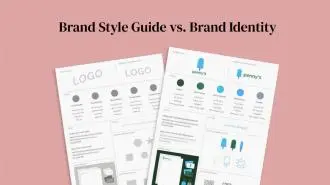Summary / TL;DR
Building a brand in 2026 requires a clear identity, deep market understanding, and consistent visual messaging. A brand is more than a name or logo—it includes mission, values, voice, and design. Foundational steps include identifying your target audience and competitors, defining your brand personality and unique selling proposition, and selecting a memorable name and slogan. Visual branding elements such as colour schemes, typography, and logos play a key role in audience perception. Businesses are encouraged to maintain consistency across platforms using brand style guides and to adapt content for different contexts. Brand longevity depends on flexibility, internal alignment, and evolving with customer feedback.
Building a brand is essential for your company’s success, growth, and development. Without a solid brand identity, it’s challenging to stand out in the market. A strong foundation helps attract loyal customers and retain employees for years, even decades.
However, while developing your brand image may seem like a relatively easy task, it can also be difficult, partly due to the sheer number and variety of brands already competing in the market. It is challenging to develop something unique for your business that will set it apart from everyone else.

If you’re in the process of crafting your business’s brand identity, it’s time to start using these practical tips. These strategies are crucial initial steps in developing a personal brand, including grasping the 8 pillars of personal branding.
Without further ado, here is everything you need to know about developing your brand.
Want to receive updates? Sign up to our newsletter
Each time a new blog is posted, you’ll receive a notification, it’s really that simple.
15 Ways to Develop Your Brand
1. Understanding the Concept of a “Brand”
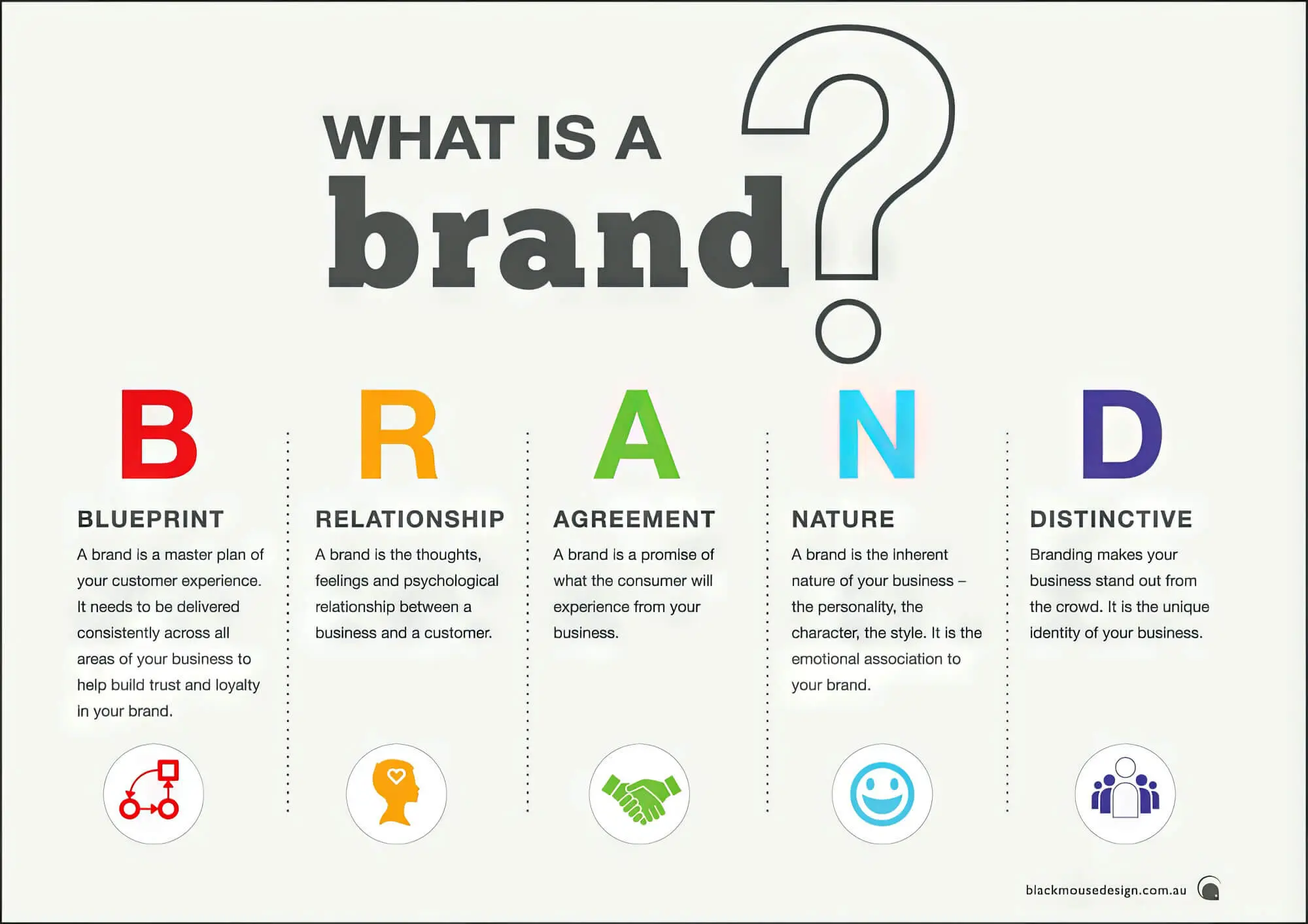
To start, it’s important to grasp what a brand truly is. It’s not just your company’s name or logo design; it encompasses much more, like your company’s mission.
This is exactly why business names and brands are often considered a brand image or identity. They encompass various elements that form your company’s overall “brand” when you’re learning to build it online.
Of course, such obvious things come with it, such as your company name and logo, to ensure the product or service you sell, rights, and the audience you target. In addition, your brand comprises your vision, mission, and values, as well as your brand voice, personality, and visual branding techniques, among other things.
When you incorporate logo design and build your brand identity, you must define your brand’s purpose and mission statement and plan out all of these details.
If your company already has some history, that history can also be used to define your brand image. On the other hand, if you are only thinking of starting a business, you will have more freedom in choosing how to brand your company and effectively identify your target audience.
2. Know Your Market (Audience and Competitors)
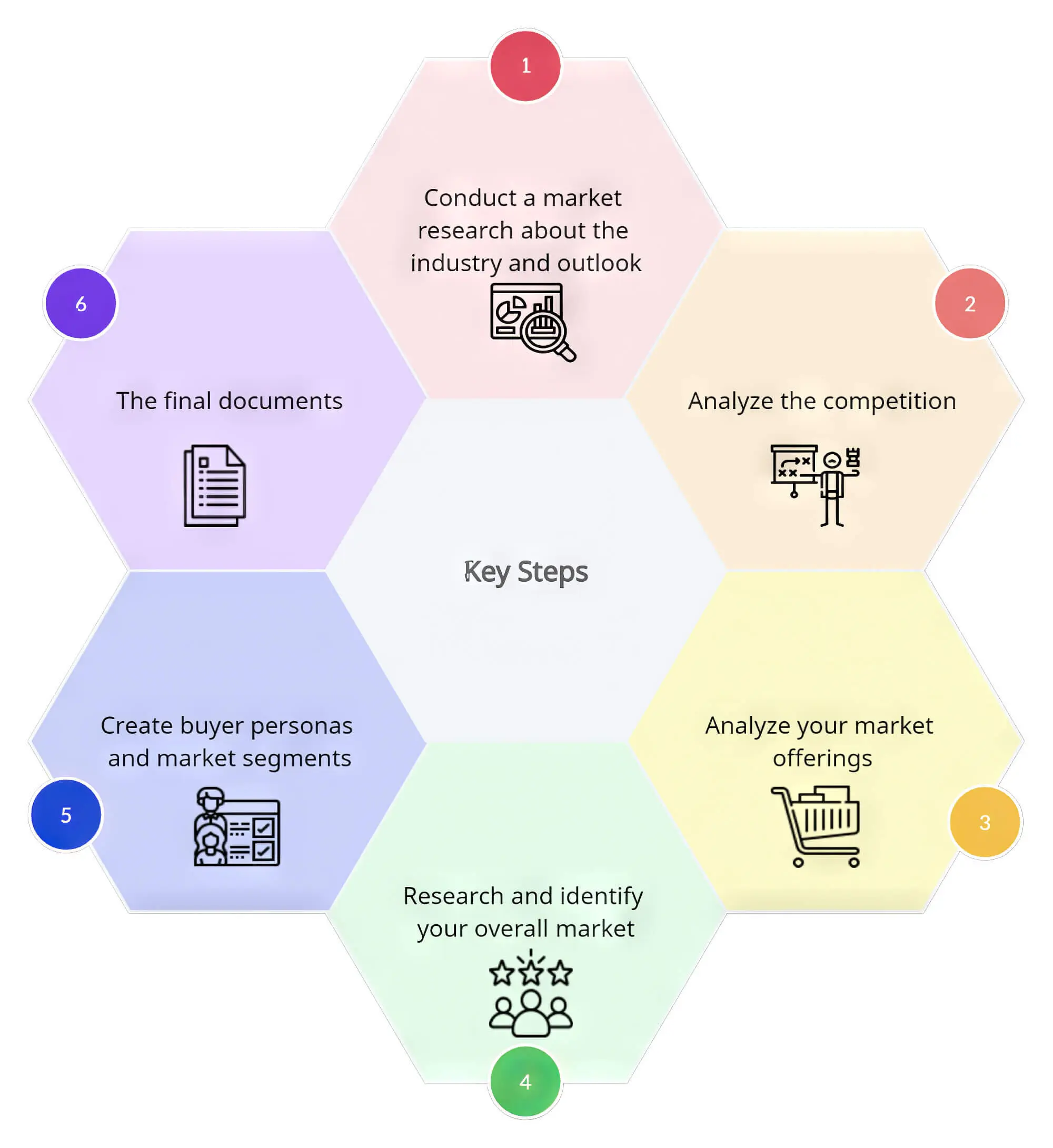
Understanding your market is crucial for your business’s success and for defining your brand. Conducting market research like polls and surveys plays a key role in this process.
This is because knowing your market will help you understand the following:
- Your Target Audience – You will better know your potential or existing customers’ expectations. For example, your audience might prefer a more serious and professional image for your brand.
- Your Competitors – Other companies you will be competing against. How can you set yourself apart by encouraging customers to take a look? For example, they could pick a friendly and casual tone of voice that may be common in your niche.
Remember that it is normal for a target audience to be segmented and not look like a monolith. That being said, there will be some overlaps and similarities between the different segments of your target audience.
You can use these common characteristics to guide your branding choices.
The same can be said about your competitors—they may appear somewhat different when you read about them, but there will still be unifying features and details that you should consider when choosing how to brand your own company.
3. Choose Your Focus and Brand Personality
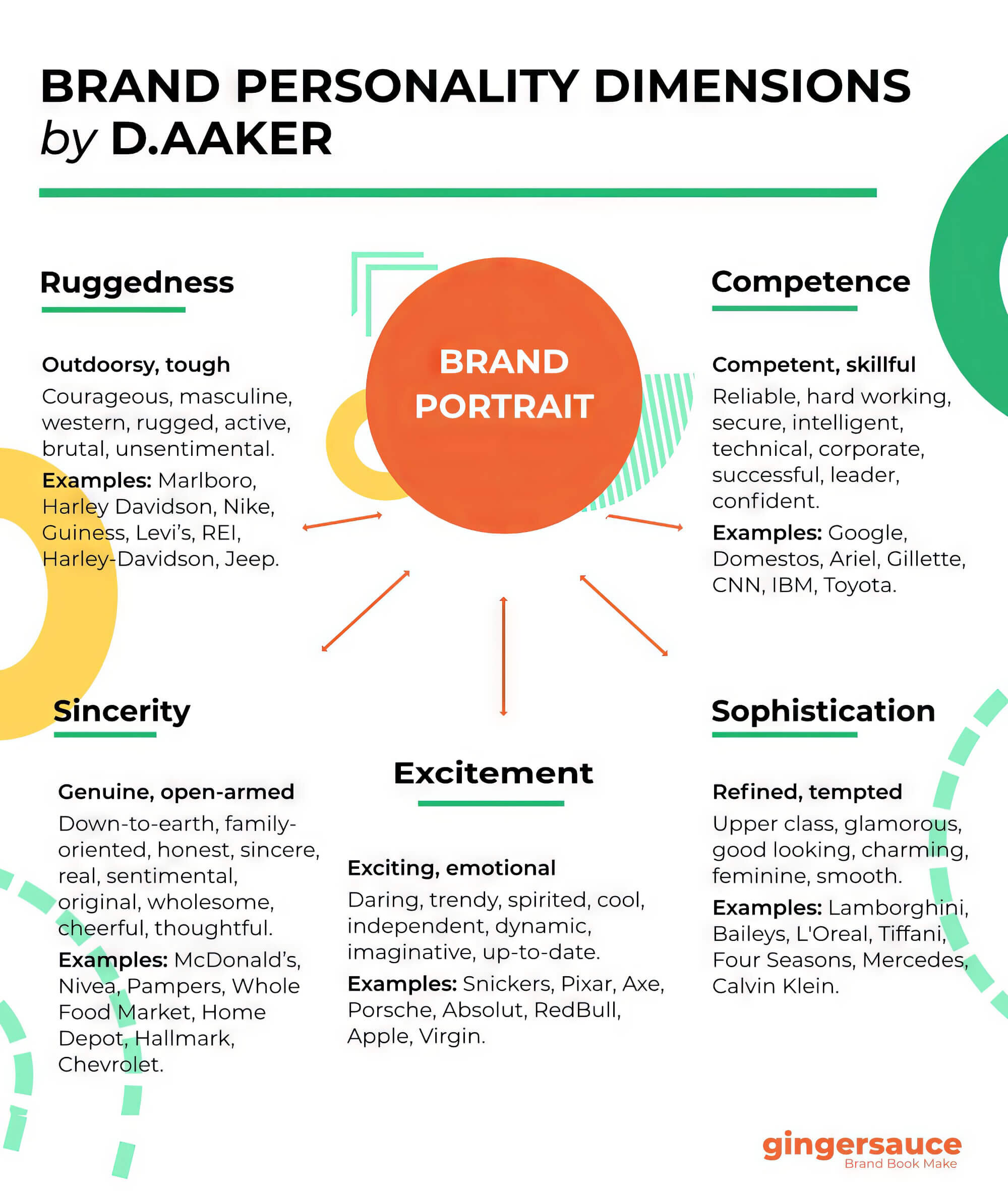
This is one of the hardest steps similar to designing your business cards and the most essential step in your branding journey because this is when you need to choose the focus and personality of your brand.
You will need to use the information mentioned above about how to write to increase your target audience and competitors to plan these things. However, to guide you better during this stage, it’s worth thinking about these specific features of your brand image:
- Unique Value Proposition—Also called a unique selling point, this is something that sets your brand (or your products or services) apart from those of your competitors that you can share.
- Associations – These are the words and phrases you would like people to associate with your brand (e.g. simple, reliable, artistic, exclusive).
- Metaphors and Concepts—These are the things that could help you personify your brand more easily (e.g., an animal, a proverb, a celebrity, a philosophical concept).
Using the above, you can create a brand personality and a kit that will truly define and set your brand apart from the rest of your competitors.
Even if you use very similar characteristics to those of your competitors, Having a formal assessment can (e.g. descriptive associations like friendliness and casualness), you can still use other characteristics to build trust with your target market and stand out (e.g. lower pricing, freebies).
4. Come Up with a Brand Name
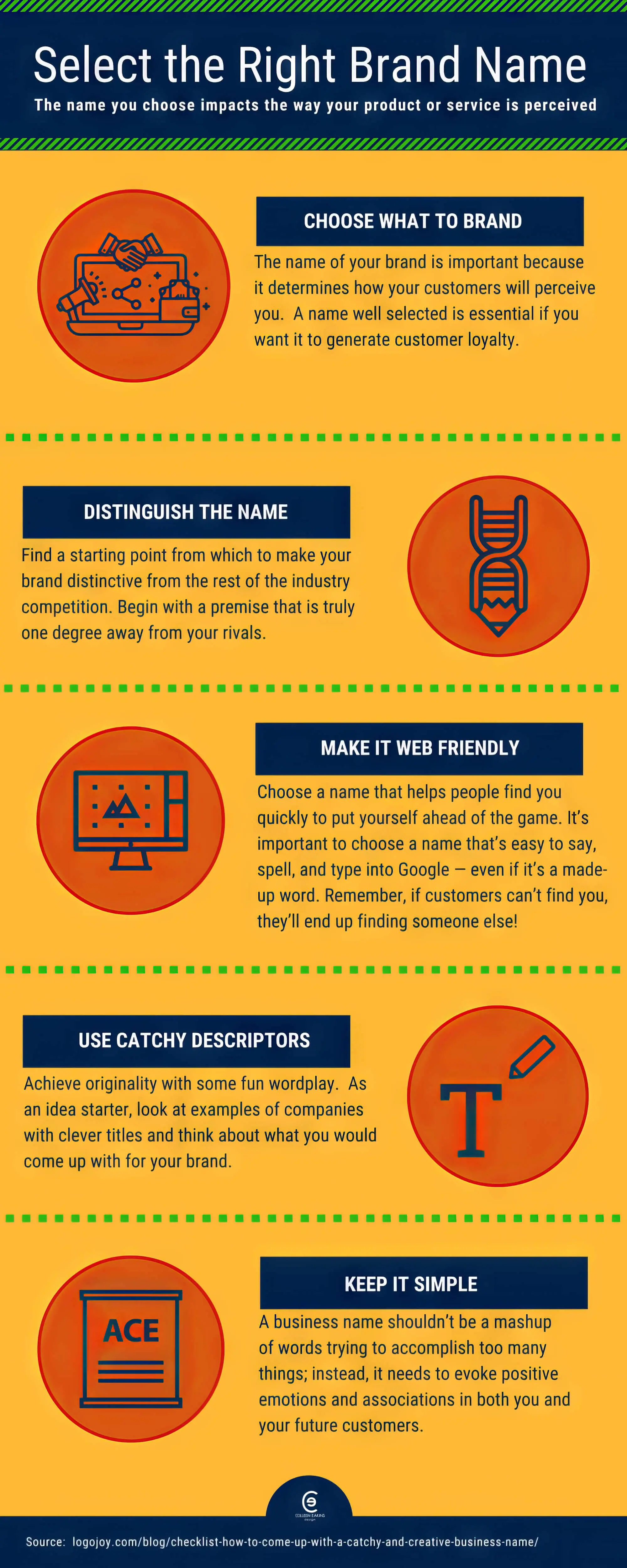
As mentioned earlier, your brand name and your brand positioning statement are essential elements of your brand identity. It’s hard to build brand recognition when there are so many brands because many names you think of at first might already be taken.
Don’t worry—you’ll discover a name that fits your company, is completely unique, and represents your brand effectively. Wondering how to start building a successful brand?
Here are some tips on creating a good brand name for building a brand that appeals to consumers, inspiring them to buy:
- Consider your brand personality. The brand name should reflect your distinctive characteristics (e.g. casual vs professional).
- Try using your name. You can either use your last name or repurpose your name into a new word that will become your brand name.
- Keep it short and recognisable. Remembering shorter brand names (e.g., IKEA, Apple, Porsche, Wendy’s) is easier.
- Get inspiration from different cultures. You can use words from Other languages or look into culture for sophisticated allure (e.g., the timeless style associated with black). (For example, in Greek mythology, Nike is the goddess of victory.)
- Find something related to your niche. It doesn’t have to be literal, but something related to your niche will help customers resonate with your brand faster when encountering it for the first time.
5. Brainstorm Ideas for a Memorable Slogan

After creating your brand name, you must develop a brand tagline, utilising various tools. You can gather your team for a meeting and brainstorm ideas using a tool, especially when starting a business.
Slogans are often used in marketing and are usually connected to the brand’s personality, vision, mission, and values. Think of iconic brand slogans such as Nike’s “Just do it” or McDonald’s’ “I’m lovin’ it”.
These slogans make the brand feel iconic and are a crucial component of successful brand marketing. They can even become a part of pop culture, which could help your brand gain even more recognition as you explore new possibilities.
6. Create a Visual Brand
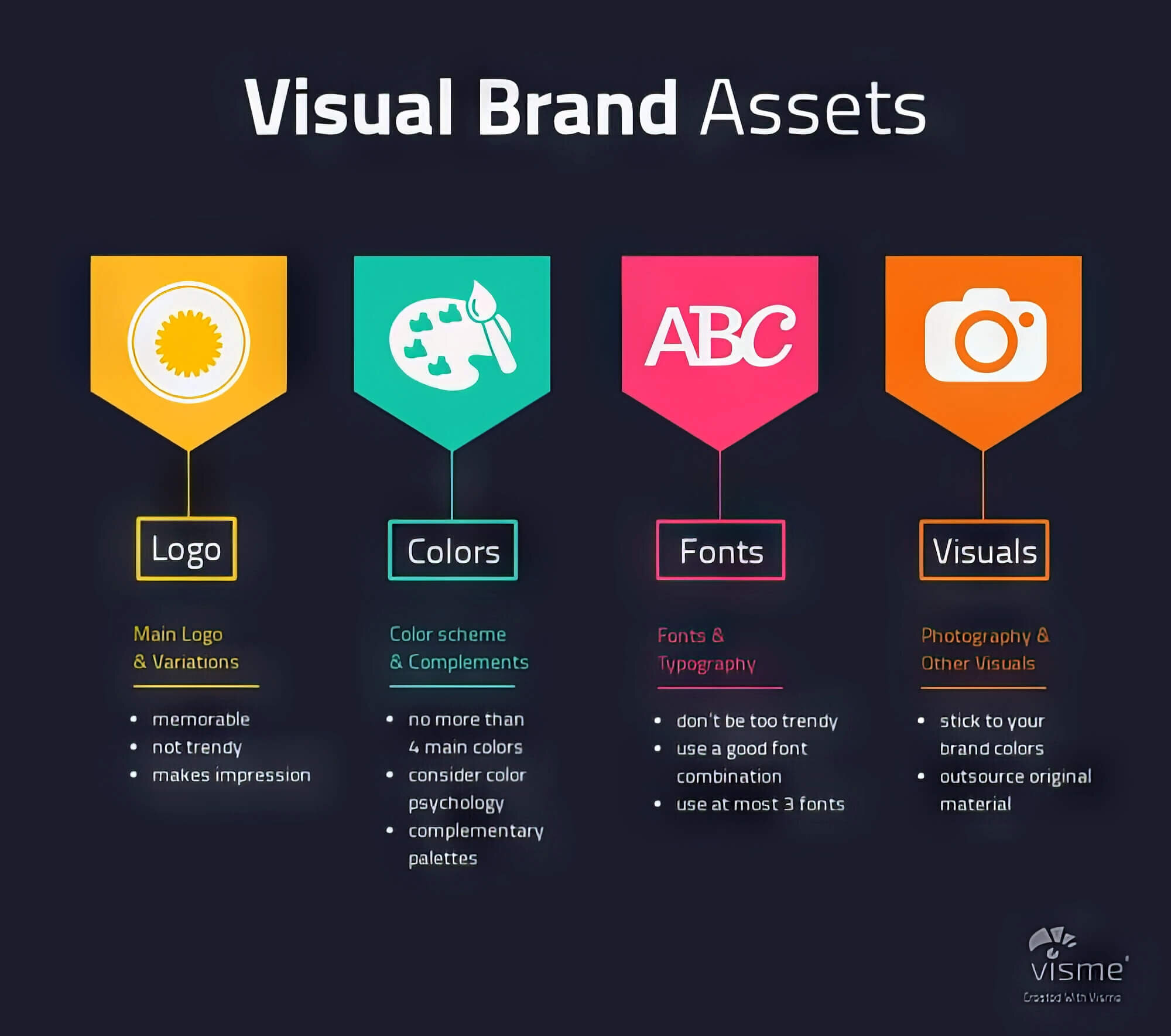
Visual branding is a major aspect of branding and will help you define your brand image in practice, particularly in the context of marketing campaigns. You will usually use visual branding in your marketing, advertising, and the company’s website.
However, you might also use visual branding internally to develop brand loyalty among your employees and talk openly about goals. The essential elements of your visual identity include the following:
- Colours – The brand colours you use in your branding will greatly impact your brand image and evoke customer interest, boosting sales. For instance, dark and cold colours, like dark blue, incorporated in your colour scheme can signify professionalism. In contrast, bright and warm colours, like yellow, can evoke feelings of casualness and playfulness.
- Font—The font or typography you use in branding is also essential. Fonts can make or break your business. Remember that the font used for your web design should integrate seamlessly and use language effectively to affect your customers’ emotions and impressions of your brand.
- Style – The style of your graphic design elements (in marketing materials, advertising, and on your website) matters too. Look at Apple and its sleek, elegant, and minimalist style. You can compare it to McDonald’s, which uses a style that looks fun and family-friendly.
7. Design Your Brand Logo
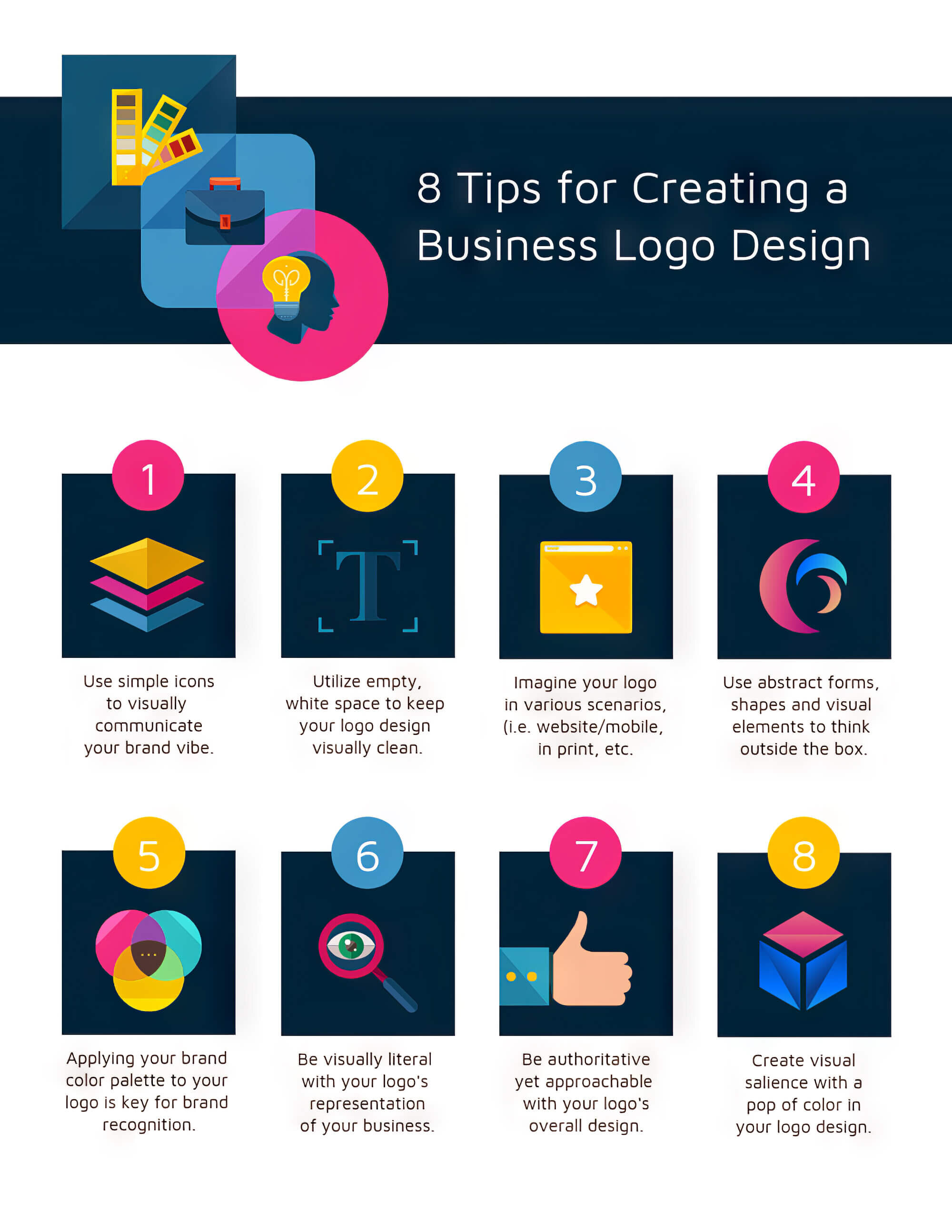
While planning your visual branding, you will also have to design your brand’s logo. Like your brand name, this is crucial for your brand identity, so you must consider it.
If you lack the skills to design a brand logo that conveys your brand values effectively, you should contact a professional design agency for help.
You want your brand logo to be distinctive and preferably timeless so that you don’t have to redesign it in just a few years.
One of the biggest decisions you must make when designing your brand logo is to include your brand name.
Some brands use their brand name (in their chosen font) as their logo. Other brand designers use a brand logo and add the brand name. Others only use the brand logo without any brand name attached to your logo.
All options are possible, so it depends more on your personal preference.
8. Adapt the Designs into Multiple Formats
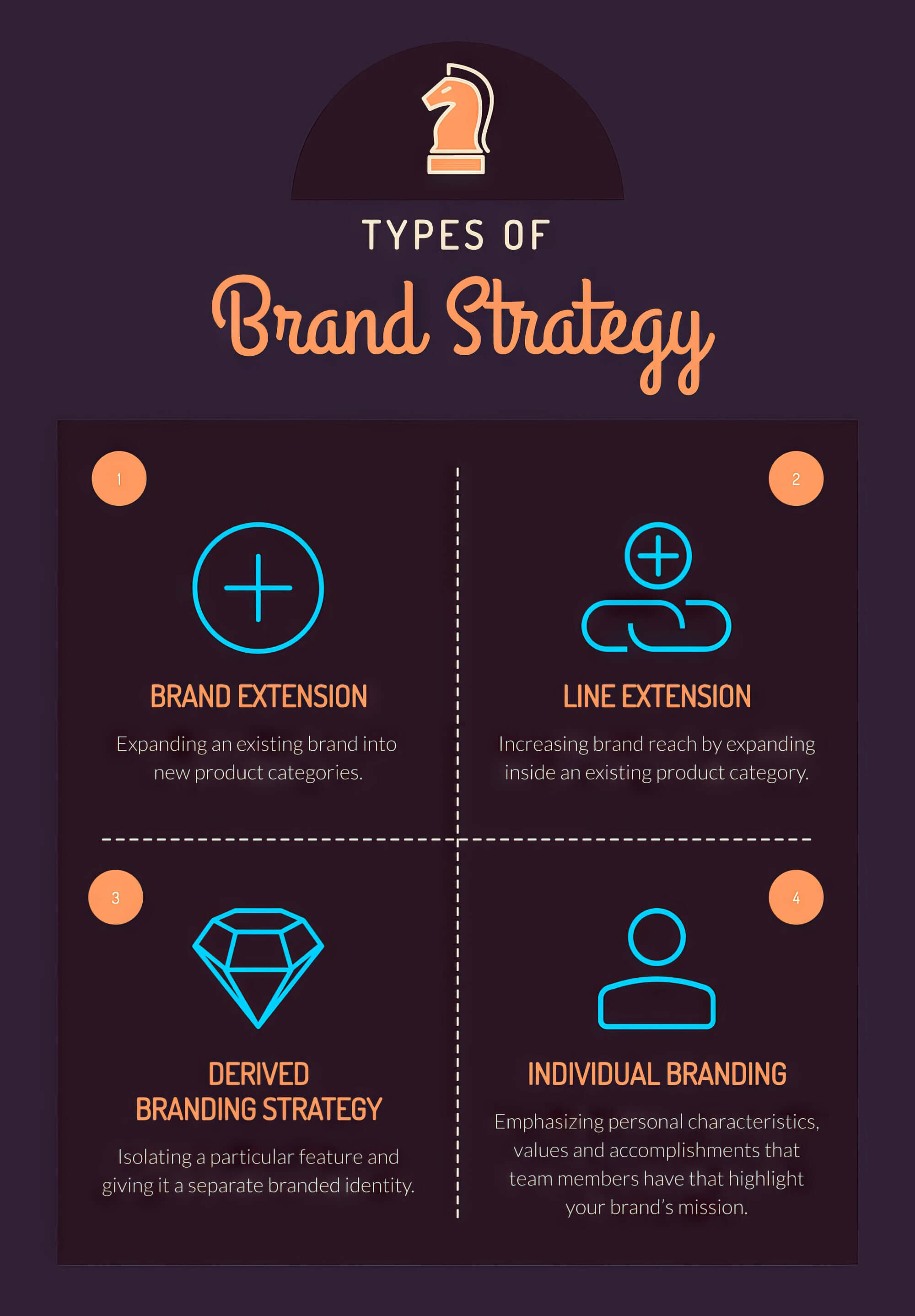
Because you will be using branding in multiple online and offline places, you will need to prepare all the relevant materials in various formats. Here are some tips to keep in mind when adapting your designs into multiple formats:
- Take into account the nuances of each platform. An Instagram post will have a different format from an email or a billboard ad.
- Don’t be afraid to make small changes. If you need to make these changes to fit a specific format, go ahead and make them. As long as your brand’s overall identity and brand consistency are maintained, it is okay to make such alterations.
- Prepare a style guide to document your branding practices. All your planning so far needs to be recorded in a branding and brand style guide to effectively engage with brand guidelines, especially if you’re a small business. You can also include specific details on adapting your branding for different formats, ensuring customer service consistency across all channels. This guide will help you stay consistent across multiple platforms.
9. Consider Branding in Different Scenarios
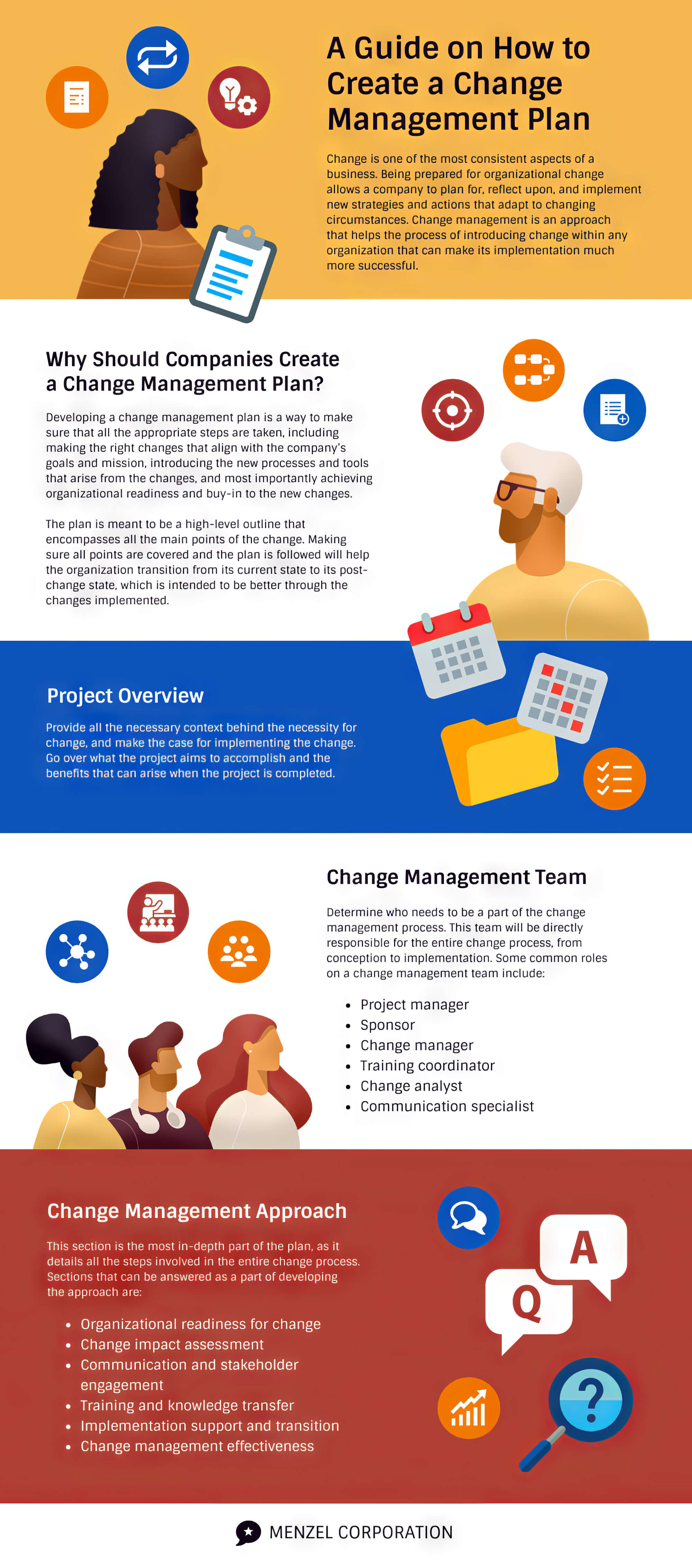
To add to the previous tip, you will also need to consider how your branding may speak to change in different scenarios. If you look at critical situations, most brands usually similarly respond to them.
They will make an official announcement through one or several communication channels with the public, which will always have a serious tone.
This means that even though your brand personality might tell that you will use a casual and sassy tone on Social media platforms like Facebook, you will still need to change that tone in specific situations. Doing this will bring your brand to life.
Though this is more of a task for your PR team to work on, you can already template your communication strategy to some extent in situations like these.
10. Get Outside Help with Your Branding
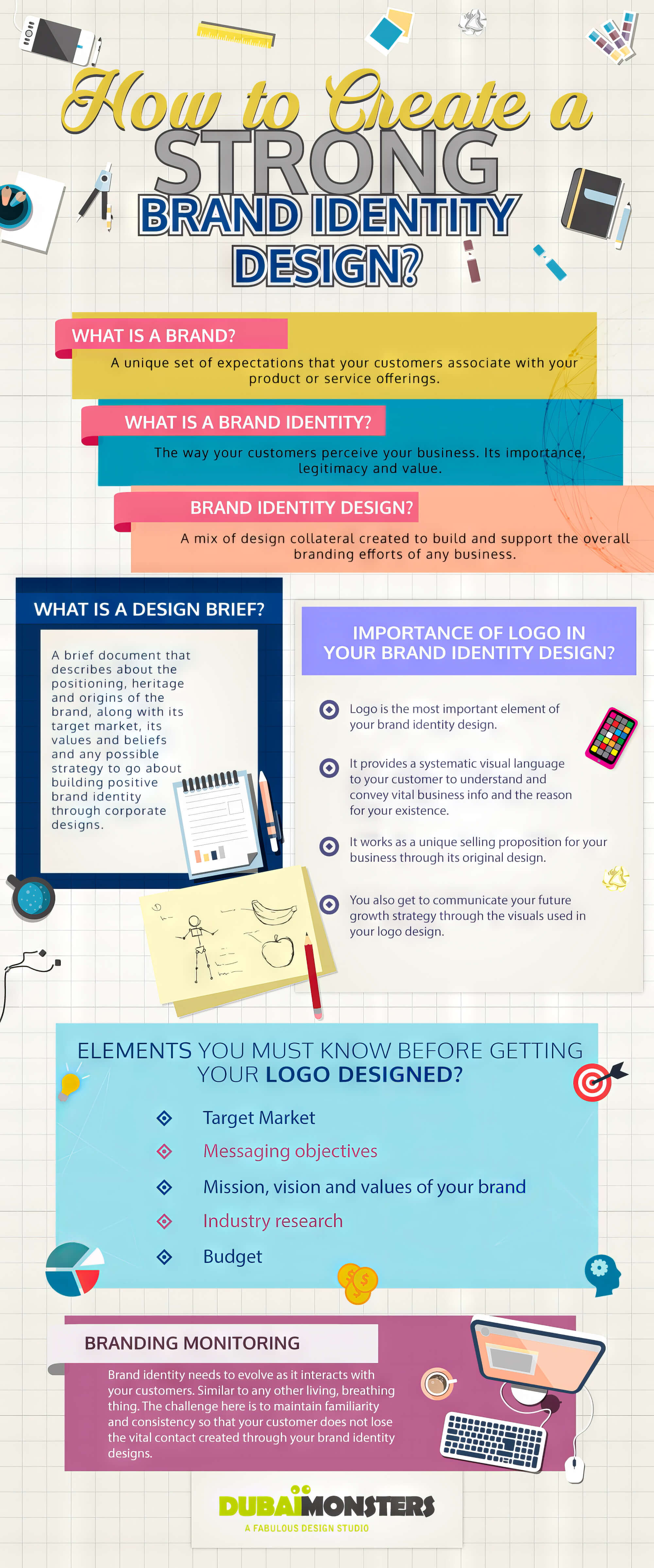
As mentioned earlier, if you don’t have the right experience and expertise to design a brand logo, you shouldn’t be working on it in the first place. The same thing can be said for all your branding plans.
If you know you won’t be able to handle them alone; the next step is to get outside expertise in brand building to help with your web brand design.
If you want engaging content for brand design, look for the best essay writing agencies to find an experienced writer with enough knowledge in branding, business, and marketing to ensure your web page and content align. They will be able to help you with your branding strategy.
You can also use a Go-To-Marketing (GTM) strategy to promote your brand and highlight the best options for your specific case.
11. Define Your Vision, Mission, and Values
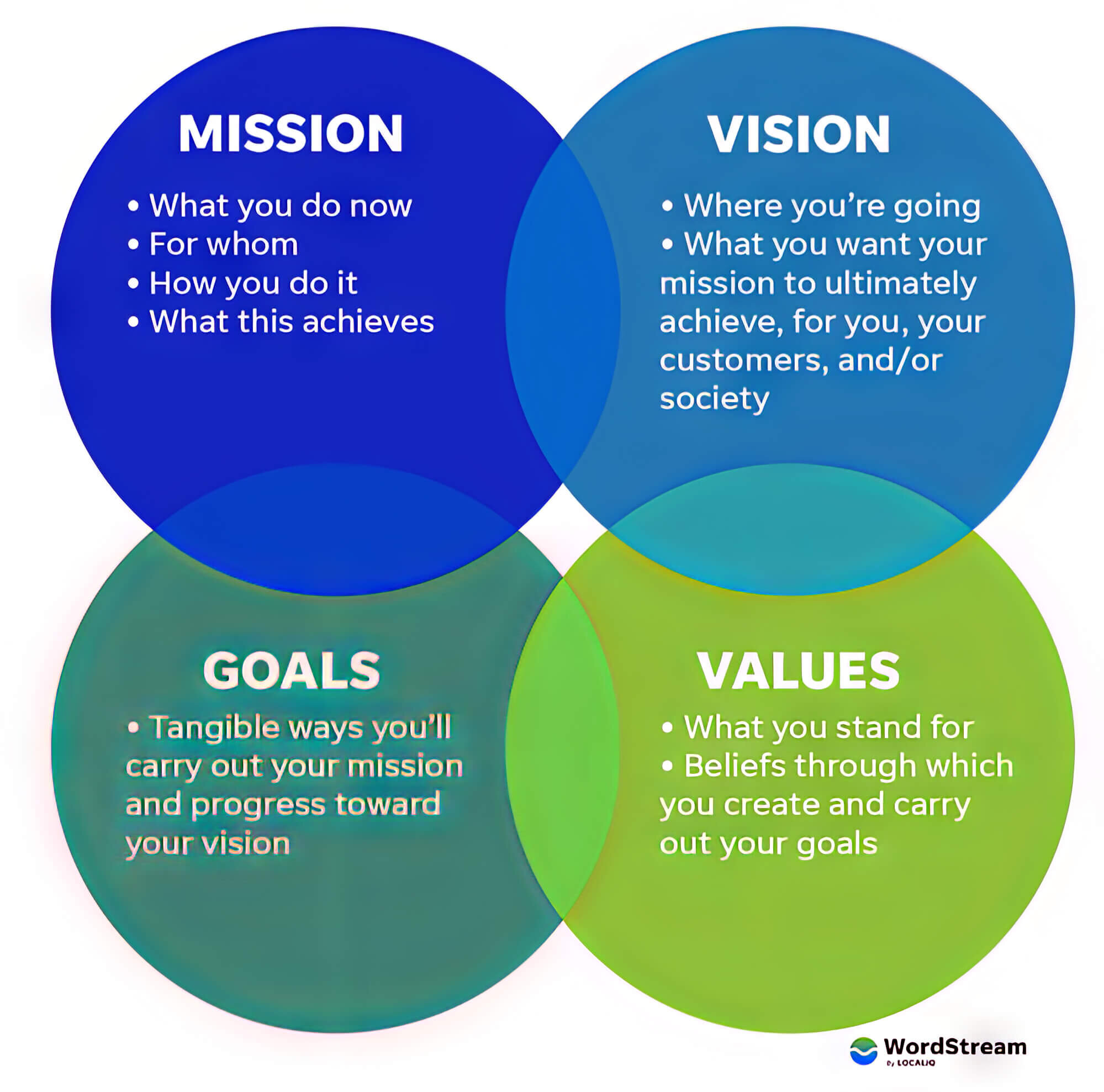
Defining your vision, mission, and values is essential for your external brand image and company culture. These three things will help you build a company that captures attention with specific goals, establishing a legacy beyond profit-making.
Here’s what each of these elements of your branding relates to where your money means:
- Vision – This is the future image of your company. Where will it be? What kind of ideal will you aim to achieve?
- Mission – This is the practical aspect of your vision. How will you achieve your goals? List the methods you will use.
- Values – The fundamental principles and beliefs your company will uphold externally and internally.
12. Check Out Famous Brands for Inspiration
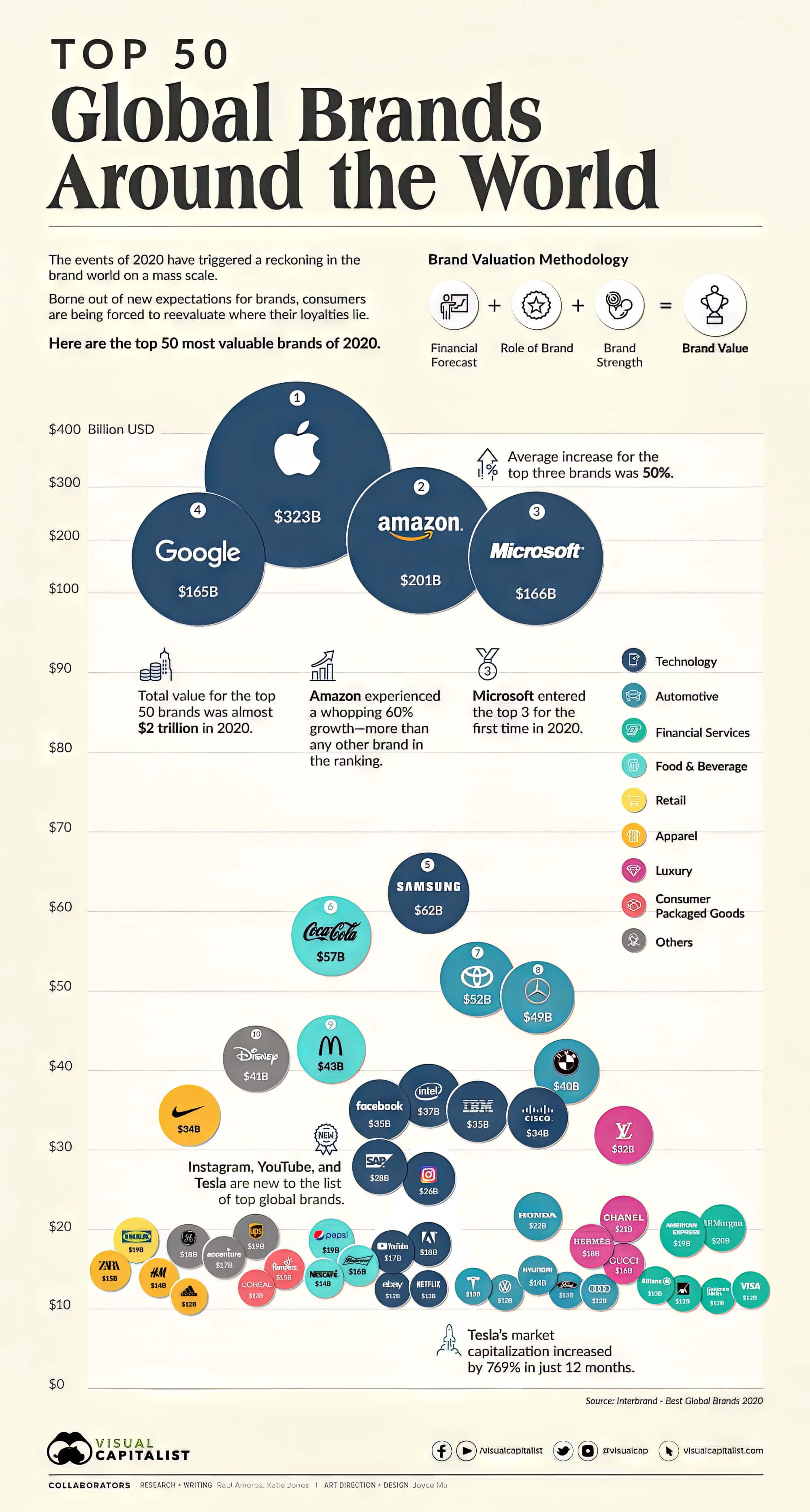
If you struggle with your branding, you can search for inspiration through images that resonate with your brand message. The best way to find inspiration is by looking at some of the most famous brands and what they offer and businesses in your niche and other industry sectors.
The examples mentioned earlier can already give you some ideas about how you can develop your own brand identity.
Some companies, like Steve Jobs and Apple, connect their brand image closely to their leaders. Other companies have mascots, like major fast-food chains, sports teams, or iconic brands like Coca-Cola.
Yet other companies, like Coca-Cola and Pepsi, are chiefly focused on their products. Some companies, like Nike, prefer to focus on their slogan (or the values associated with the brand).
13. Explain Your Brand to Your Team
If you are developing your brand strategy independently, it is time to get everyone on board and explain your branding strategy to all your employees. Ensuring everyone understands your brand image is critical for your business’s successful functioning and continuous growth.
Promoting your branding inside your company will also help you build a team that is genuinely dedicated to building a powerful brand and wants to create the products or services to help you learn how to create a brand identity and fulfil your mission.
Likewise, a good understanding of your successful brand will help your marketing team deliver high-quality results. Present your company in a way that will capture your customers’ interest and encourage them to connect with your brand.
14. Find a Brand Ambassador or Representative
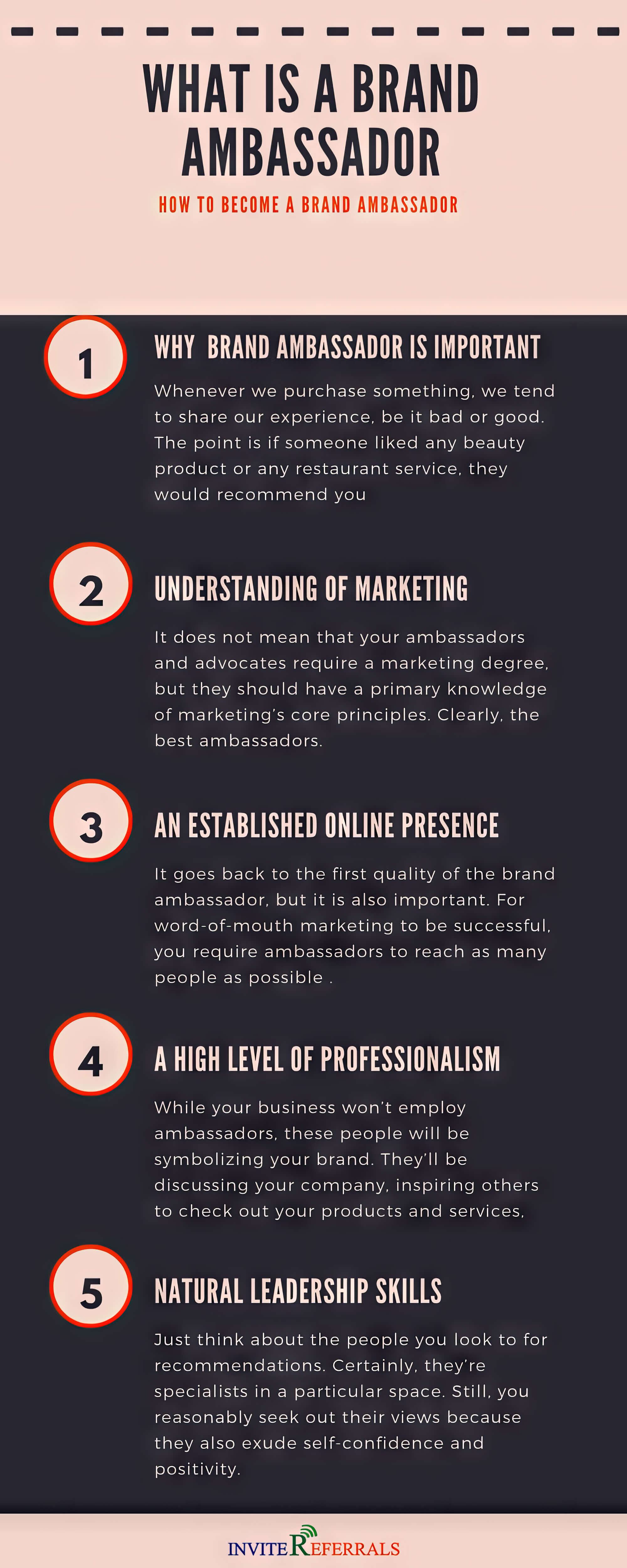
Speaking of building this connection with your audience, another thing you can do in terms of branding is find a brand ambassador or representative to be the face of your brand, utilising resources efficiently.
Celebrities have traditionally starred in commercials for various brands. Nowadays, though, even influencers and smaller creators have the potential to become brand ambassadors.
Besides choosing someone to communicate your brand externally, you can also find someone inside your company who embodies your personal brand. This person will help you personify your brand and present it to potential customers in the most accurate way possible.
15. Let Your Brand Evolve Over Time
Lastly, don’t be afraid of changes, and let your brand evolve. Some of the biggest brands today have been around for decades, if not centuries.
They survived on the market and eventually became the giants they are today, thanks to their flexibility and willingness to adapt to the changes in our society.
These changes are reflected in the way their products and services are made and marketed. Product packaging and its textual elements could be considered part of branding, and if you look at the evolution of the Coca-Cola bottle, it’s clear that the brand evolved.
You may need to evaluate what your brand needs during a significant change, in both text and even rebrand at some point, and send clear communication, but to build brand resilience, you must continue changing gradually over the years based on regular customer feedback.
Start Building Your Brand Today!
While it may take some time to develop your brand identity fully, it will ultimately be worth it.
As you can see, branding can resemble crafting letters, a complex and challenging process that makes a lasting impact. However, it is worth taking the time to develop your brand and ensure it’s robustly built.
So make sure you follow the tips in this article to establish a solid and distinctive brand image that will make your company stand out regardless of location since its founding and help it grow over the years.
By understanding your audience, researching your competition, and crafting your brand story, you can create a strong brand that will help you succeed in the marketplace. If you need assistance developing your brand, we would be happy to help.
Contact us today to get started!




